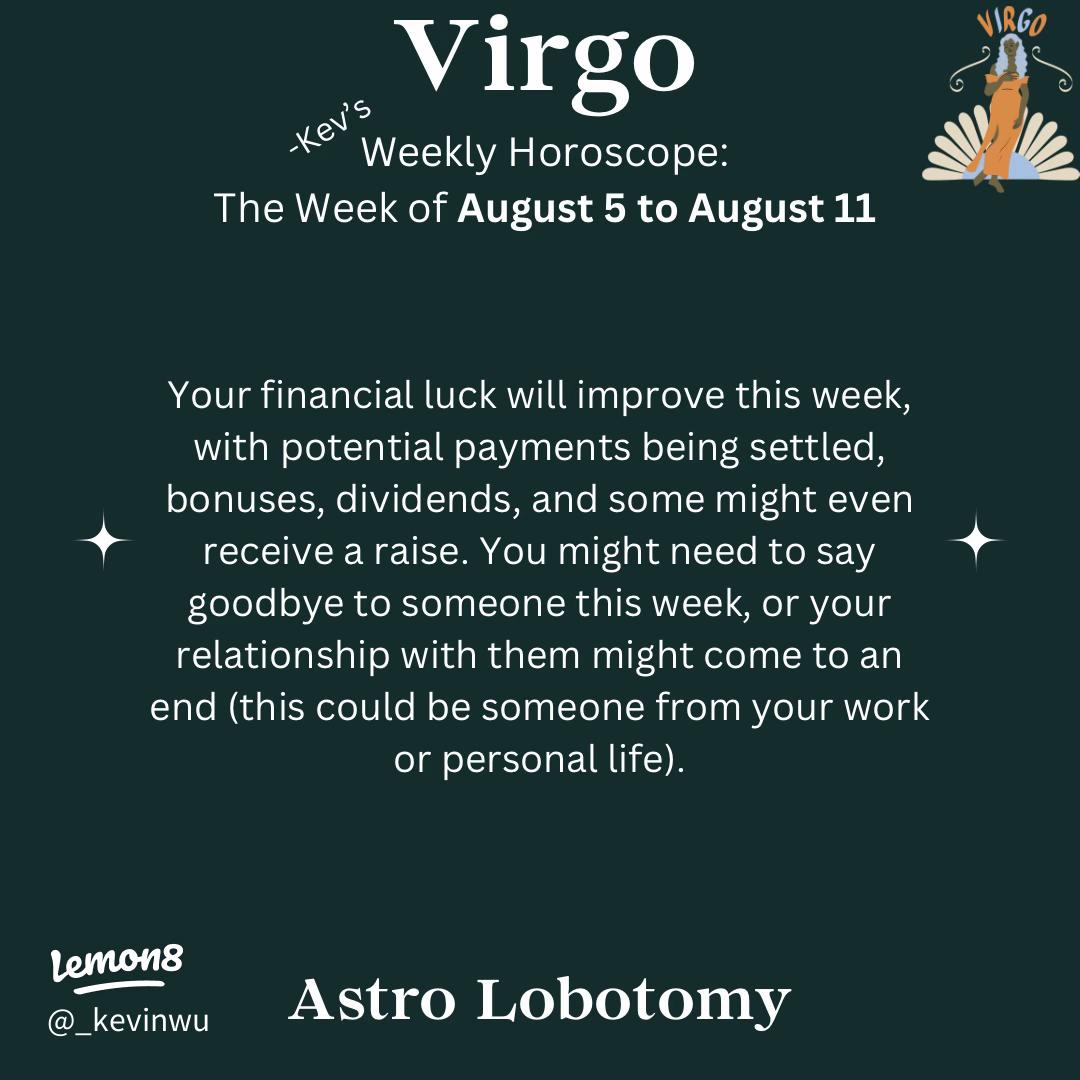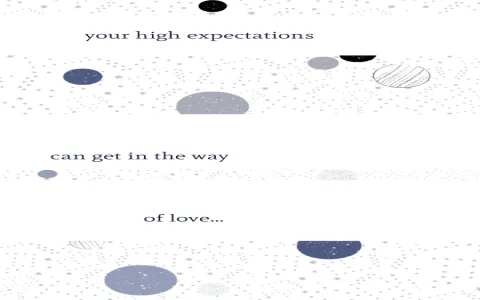Man, I gotta tell you, for the longest time, I completely blew off those weekly “avoid these traps” horoscopes. Sounded like fluffy nonsense, right? But here’s the thing: my weeks kept falling apart for the exact same stupid reasons. I’d plan everything down to the minute, feel super smug about my color-coded schedule, and then crash and burn by Wednesday because I got stuck on some minor detail that didn’t matter.
I finally got sick of it. I decided to stop just reading the forecast and actually treat it like a hypothesis. I set out to prove or disprove if the typical “Virgo traps” were real and, if they were, figure out the exact moment I stepped into the snare. I needed data, real-world proof of my own self-sabotage.
The Setup: Tracking the Week of Doom
I started this project three weeks ago. I went through the standard weekly forecast—you know, the kind that says things like, “Beware of getting bogged down in minor details,” and, “Don’t let perfection be the enemy of done.” Generic stuff, but I decided I was going to intentionally track three specific pitfalls that ruin my week every single time.

I used a simple spreadsheet. Column A was the task, Column B was the estimated time, and Column C was the actual time spent stuck in the trap. I even wrote down the feeling that made me stall—was it doubt? Was it fear of handing in something that wasn’t 100% perfect? I tracked everything.
The three traps I focused on were:
- Trap 1: The Font Choice Nightmare. This is where I spend 45 minutes optimizing something that takes 5 minutes to complete, like choosing the perfect heading style for an internal memo.
- Trap 2: The Rework Vortex. Starting a project, finishing it, then immediately tearing it apart because I found one tiny flaw and convinced myself the whole thing needed to be redone.
- Trap 3: Information Overload Paralysis. Before starting any big task, I need to read three books, five articles, and watch a documentary. I spend Monday gathering resources and Tuesday reading them, leaving Wednesday to Friday to actually do the work. Guess what? The work never gets done.
The Detailed Grinding Process
I started with a new client project that required setting up a basic reporting dashboard. I kicked off the process by giving myself a hard deadline for resource gathering (Trap 3). I allowed exactly one hour to read the background material. What happened? I blew past the hour, found a related, slightly cooler method for data visualization, and spent the next three hours watching tutorials on it. I documented it all: six hours wasted before I even wrote the first line of code.
Next, I had to write the summary for the report (Trap 2). I slammed out the draft in about an hour and a half, which was great. Then I started reviewing it. I found a couple of awkward sentences. Instead of just fixing them, I convinced myself the entire premise of the report was wrong, deleted half the document, and spent another three hours rewriting the introduction with a new angle. This is where I learned the key trigger: the moment I decide a minor flaw means the whole foundation is rotten—that’s the rework vortex swallowing me up.
Finally, I was setting up the aesthetic elements for the dashboard (Trap 1). This is where I knew I’d hit my worst snag. I spent an hour trying to decide between two slightly different shades of blue for the background. I was zooming in, checking hex codes, completely lost in the minutiae. I remember thinking, “No client will ever notice the difference between #3A7FB3 and #3B7FB4,” but I just couldn’t move on. I forced myself to close the application, picked the first color I saw, and logged the exact 62 minutes I wasted.
The Ugly Truth and the Realization
By the end of the week, I had quantitative proof. I had wasted roughly 18 hours of productive time on tasks that added zero value to the final product, all because I fell into the exact simple traps those stupid forecasts warned about.
This whole tracking exercise wasn’t just about my work, though. The reason I started this intense tracking wasn’t some sudden curiosity; it was because I messed up royally last month.
I was planning a surprise birthday party for my wife. I knew I needed to book the venue, confirm the guest list, and order the cake. Simple stuff, right? But I spent three full days analyzing catering menus, creating seven different seating charts based on hypothetical guest numbers, and arguing with the baker about the structural integrity of the frosting before I ever actually sent out the invitation link.
The result? I missed the deadline to book the good venue. I got stuck in the detail tunnel and completely missed the major goal. My wife’s party ended up being thrown together last minute in our slightly-too-small dining room. It was fine, but it was embarrassing, and it was all my fault because of my constant need to over-optimize.
That personal disaster forced me to confront the reality: those simple traps aren’t about cosmic energy; they are about predictable behavioral patterns. Now, when I read the weekly forecast, I don’t see warnings; I see a checklist of my own psychological pitfalls. I use the forecast to immediately put up boundaries. If it warns about detail fixation, I literally write “NO MORE THAN 10 MINUTES ON COLOR CHOICE” on my monitor. It’s rough, but it works, and that’s how I finally figured out how to use these ridiculous forecasts to actually get my life together.







